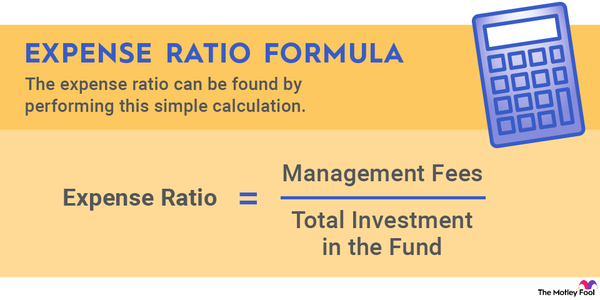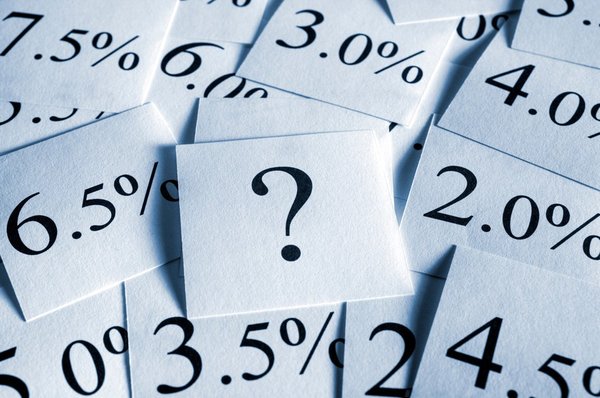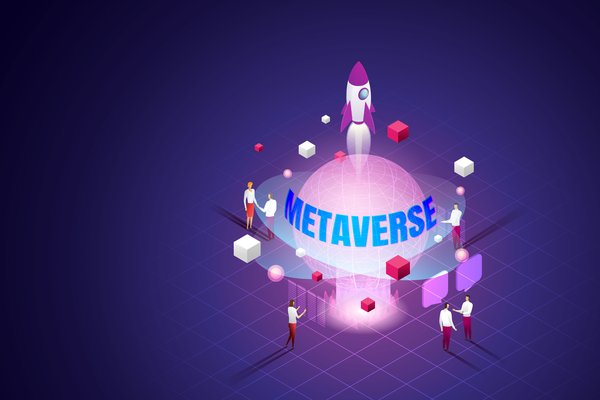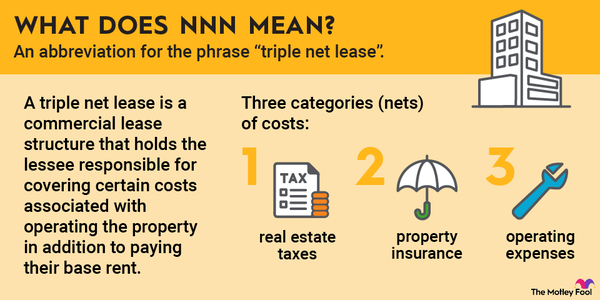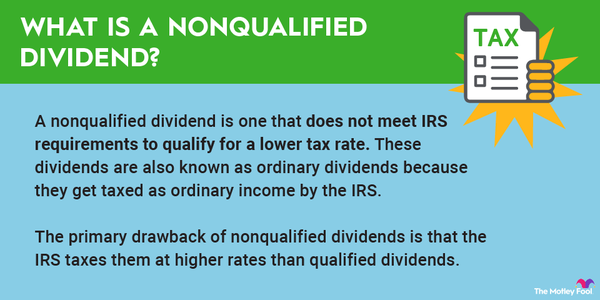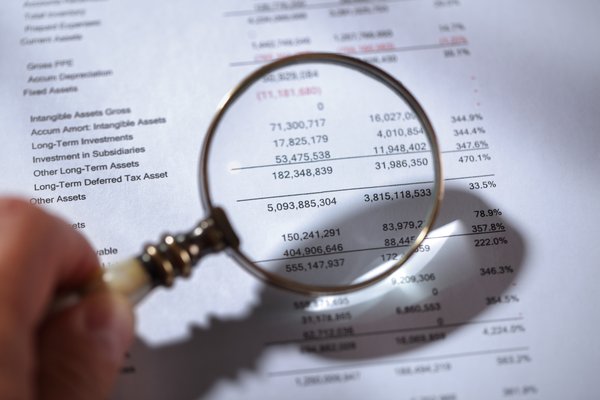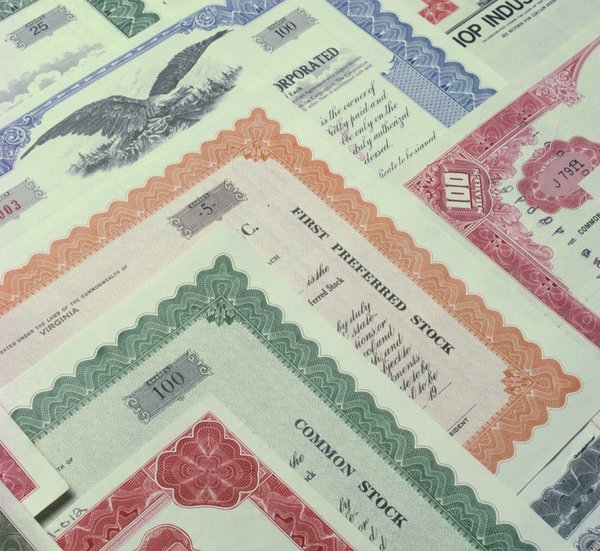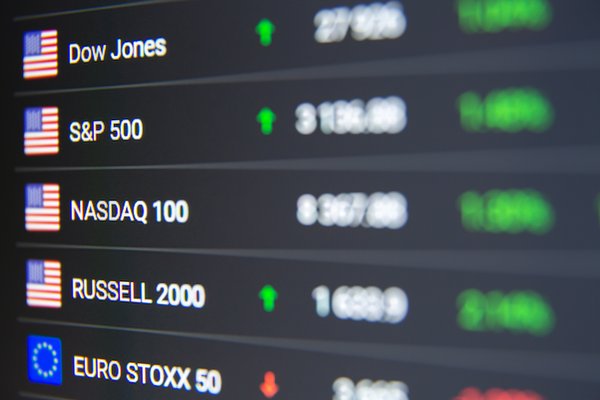Nonrenewable energy sources are finite resources. We cannot replace them as quickly as we consume them; they will eventually run out. They differ from renewable energy, which replenishes naturally.
Read on to learn about nonrenewable energy sources, how they differ from renewable energy, find out why they are important, and see some examples.
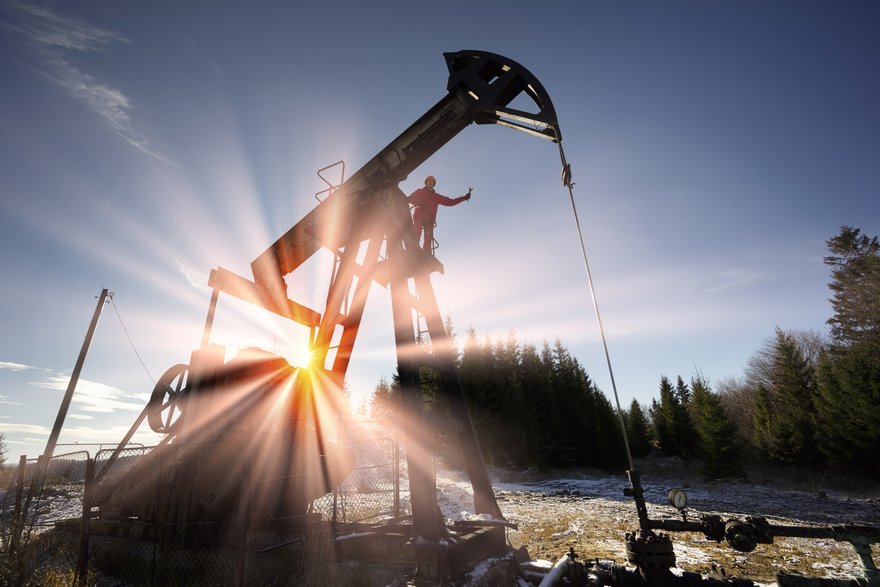
What is it?
Understanding nonrenewable energy
Nonrenewable energy is simply energy provided by sources that don't renew naturally in a relatively short time period. We're consuming nonrenewable sources faster than they replenish, which suggests that we'll eventually run out of these resources.
The most common forms of nonrenewable energy are fossil fuels, which include coal, petroleum, and natural gas. In addition, uranium used for nuclear energy is a nonrenewable energy source.
Many believe fossil fuels formed millions of years ago from plant and animal remains (hence the fossil term). Over time, sediment and rocks piled on top of dead plants and animals, creating high heat and pressure underground and eventually turning them into the fossil fuels we know today.
Meanwhile, scientists believe uranium formed more than 6 billion years ago via one or more supernovae. There's a limited supply on earth, making it a finite resource.
How it differs
How nonrenewable energy differs from renewable energy
Nonrenewable energy is a limited resource. These energy resources are steadily getting depleted as we consume them. We'll eventually run out of nonrenewable energy.
On the other hand, renewable energy either won't run out in many lifetimes or gets replaced relatively quickly. For example, scientists estimate that the sun has enough fuel (hydrogen) to last another 5 billion years, so we won't run out of solar energy in our lifetime. Likewise, the sun plays an important role in wind energy since the uneven heating of the earth by the sun and the earth's rotation causes the wind to blow. Meanwhile, renewable energy sources like hydro, geothermal, and biomass replenish relatively quickly through rain, the earth's heat, or replanting.
Why it's important
Why nonrenewable energy is important
Nonrenewable energy has its share of problems. It's a finite resource, and burning fossil fuels produces greenhouse gases that contribute to climate change.
Despite those issues, nonrenewable energy is vital to our modern world. We use fossil fuels to generate power, heat our homes and businesses, fuel much of the transportation sector, and make petrochemicals, among other things. Meanwhile, we also generate power from nuclear energy. Overall, 91% of U.S. energy consumption in 2023 was from nonrenewable energy sources:
- Petroleum: 38%
- Natural gas: 36%
- Nuclear: 9%
- Coal: 9%
While the world is slowly shifting towards renewable energy, there is a long way to go before it will displace nonrenewable energy sources since energy demand continues to increase. Nonrenewable energy will remain crucial to the global economy for decades to come.
Related investing topics
Examples
Examples of nonrenewable energy
We use nonrenewable energy every day for so many different things. For example, almost 80% of the electricity generated in the U.S. is from nonrenewable energy sources. Roughly 60% comes from fossil fuels (natural gas is 43.1%, coal is 16.2%, and petroleum and other gases is about 0.7%). On top of that, another 18.6% of our power comes from nuclear energy, which is a nonrenewable source. While the country is building more renewable energy capacity each year, growing demand means that nonrenewable energy will remain vital to powering our everyday lives for many years to come.
Another example of nonrenewable energy is its use in making plastics. About 99% of all plastics come from fossil fuels. We use plastics in almost every sector of the economy. It's in packaging, textiles, consumer products, electronics, industrial machinery, buildings, and many other places. Demand for plastics is growing steadily and could almost triple by 2060.


